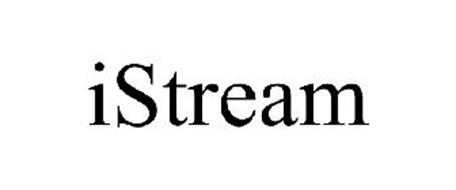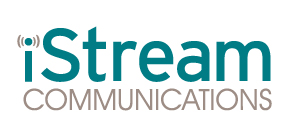
Normal playing mode will automatically play through an entire playlist unless you turn the Setting off. You can use logical OR or AND for two criteria. Search now does a filter showing only matching result. Shaking the device while the main playlists are displayed will select your Music Playlist and do a Shuffle. Can also shake the device to do a shuffle. Use shuffle mode to randomly playing through a playlist.
#Istream download software
Come with free iStreamTunes for iTunes server software for Windows. New easy server configuration for opening ports.

What's New? Shuffle, search filters, continuous play and advanced caching of songs and artwork.
#Istream download windows
Stream your iTunes Music library to your iPhone or iPad from Windows over WiFi and 4G! Stream audio, video, music, documents and photo files from anywhere using your iPad, iPhone or iPod Touch. The UnlockRegion method removes the access restriction on a range of bytes previously restricted with IStream::LockRegion.Stream your iTunes Library from anywhere.Īlso can add other photos, documents, web documents to make available. The Stat method retrieves the STATSTG structure for this stream. The new location is relative to either the beginning of the stream, the end of the stream, or the current seek pointer. On streams open in direct mode and streams using the COM compound file implementation of IStream::Revert, this method has no effect.Ĭhanges the seek pointer to a new location. The Revert method discards all changes that have been made to a transacted stream since the last IStream::Commit call. The LockRegion method restricts access to a specified range of bytes in the stream. The Commit method ensures that any changes made to a stream object open in transacted mode are reflected in the parent storage.Ĭopies a specified number of bytes from the current seek pointer in the stream to the current seek pointer in another stream. The Clone method creates a new stream object with its own seek pointer that references the same bytes as the original stream. IStream also has these types of members: Methods The IStream interface inherits from the ISequentialStream interface. Managing Memory Allocation for details on COM's rules for managing memory. There will be a subsequent call to IBindStatusCallback::OnDataAvailable with the grfBSC flag set to BSCF_LASTDATANOTIFICATION.įor general information on this topic, seeĭata-Pull-Model versus Data Push-Model for more specific information. Read is called to read all the available data and the bind operation is over (end of file) Returns E_PENDING if the bind operation has not completed, and IBindStatusCallback::OnDataAvailable will be called again when more data is available. Read is called to read all the available data Even if the client returns from IBindStatusCallback::OnDataAvailable at this point the bind operation continues and IBindStatusCallback::OnDataAvailable will be called again repeatedly until the binding finishes. (that is, read until S_FALSE or E_PENDING is returned) The client must continue to read all available data before returning from IBindStatusCallback::OnDataAvailable or else the bind operation is blocked. Read is called to read partial data (that is, not all the available data)
#Istream download download
IStream::Seek calls returned in IBindStatusCallback::OnDataAvailable in these two download models: IStream method call


The following table compares the behavior of asynchronous IMoniker::BindToStorage operation and for receiving asynchronous notifications. Once released, the stream object is no longer valid and cannot be used.Ĭlients of asynchronous monikers can choose between a data-pull or data-push model for driving an asynchronous The IUnknown::Release method is similar to a close function on a file. Streams can remain open for long periods of time without consuming file-system resources. There are also methods for committing and reverting changes on streams that are open in transacted mode and methods for restricting access to a range of bytes in the stream. The methods in this interface present your object's data as a contiguous sequence of bytes that you can read or write. IStream interface pointer rather than a file handle. The main difference between a DOS file and a stream object is that in the latter case, streams are opened using an For example, each stream object has its own access rights and a seek pointer. IStream interface defines methods similar to the MS-DOS FAT file functions. Simple data can be written directly to a stream but, most frequently, streams are elements nested within a storage object. Stream objects contain the data in a structured storage object, where storages provide the structure. IStream interface lets you read and write data to stream objects.


 0 kommentar(er)
0 kommentar(er)
